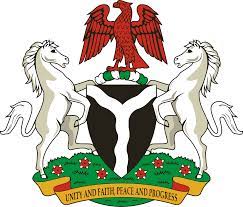COVID-19 spreads from person to person (human-to-human transmission) through direct contact. It is currently estimated that, in the absence of physical distancing and other preventive measures, one infected person will on average infect between two and three other people. The virus is transmitted mainly via respiratory droplets and aerosols when sneezing, coughing, or interacting with others in close proximity (usually less than two metres). These droplets can be inhaled or can land on surfaces that others come into contact with and are then infected when they touch their nose, mouth or eyes. The virus can survive on surfaces from between several hours (copper, cardboard) up to a few days (plastic and stainless steel). However, the amount of viable virus declines over time and may not always be present in sufficient amount to cause infection.
The incubation period for COVID-19 (i.e. the time between exposure to the virus and the onset of symptoms) is currently estimated to be between one and 14 days. We know that the virus can be transmitted when people who are infected show symptoms such as coughing. A person who is infected can also transmit the virus up to two days before they show symptoms; the extent to which such asymptomatic infections contribute to the overall transmission is not currently clear.

